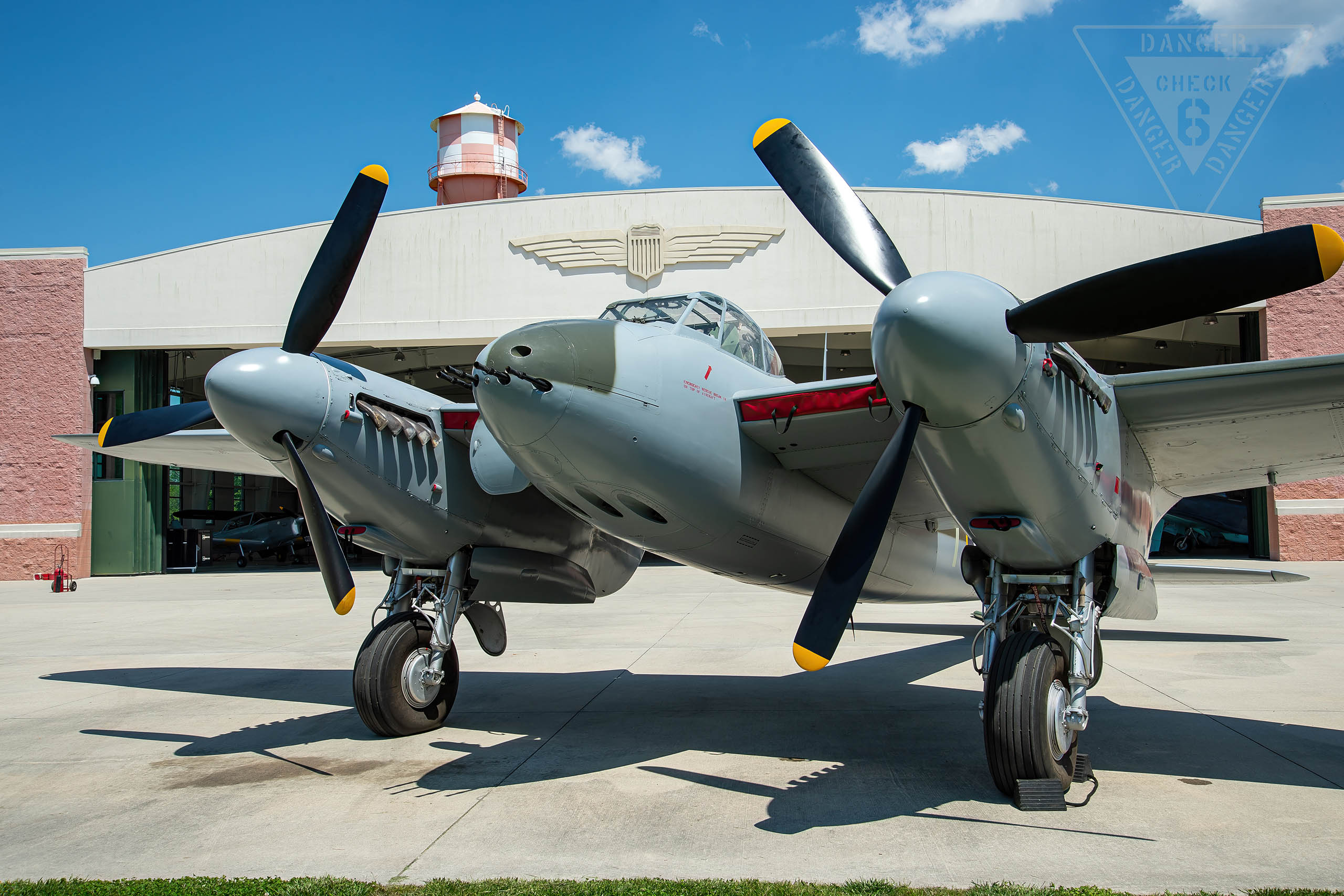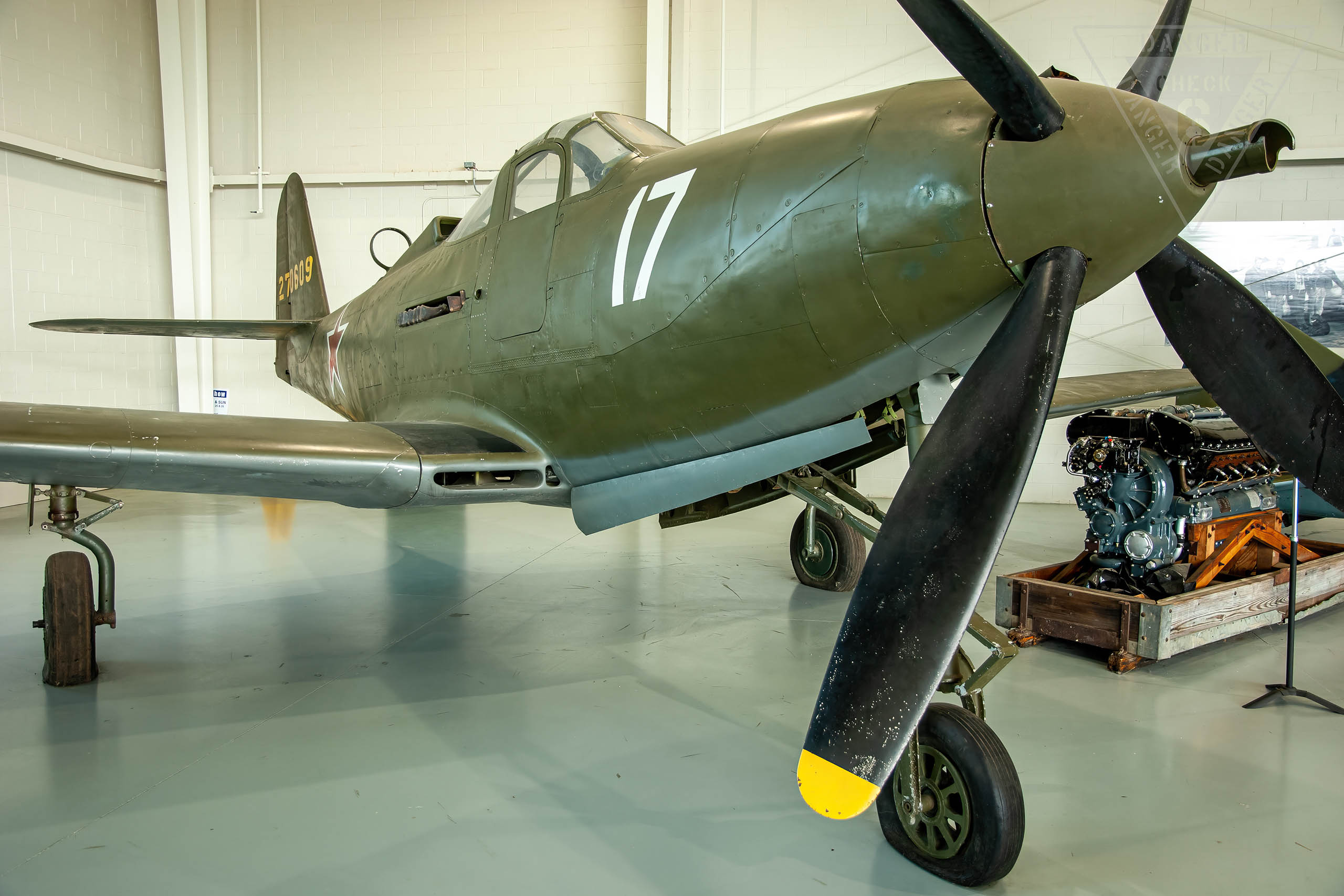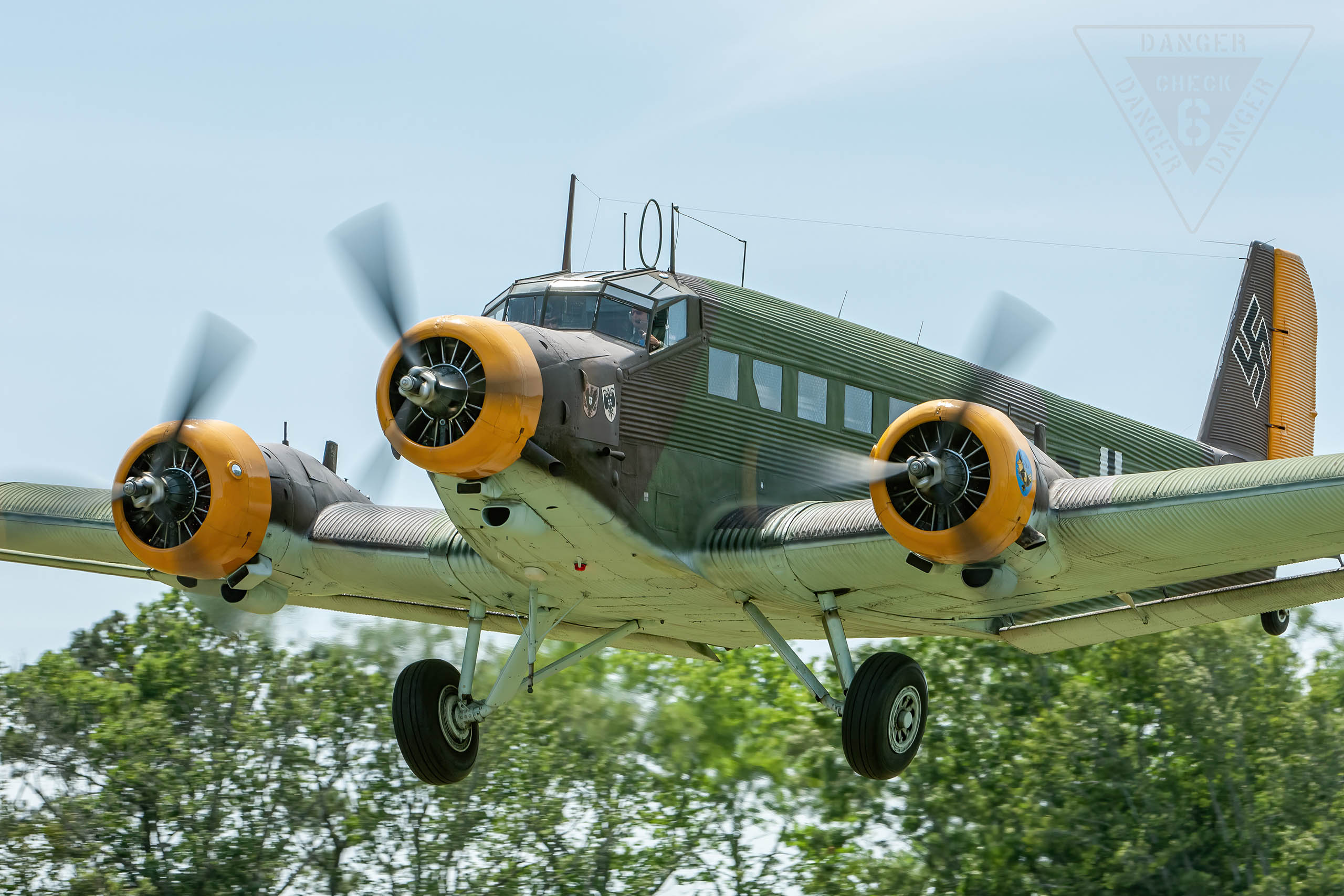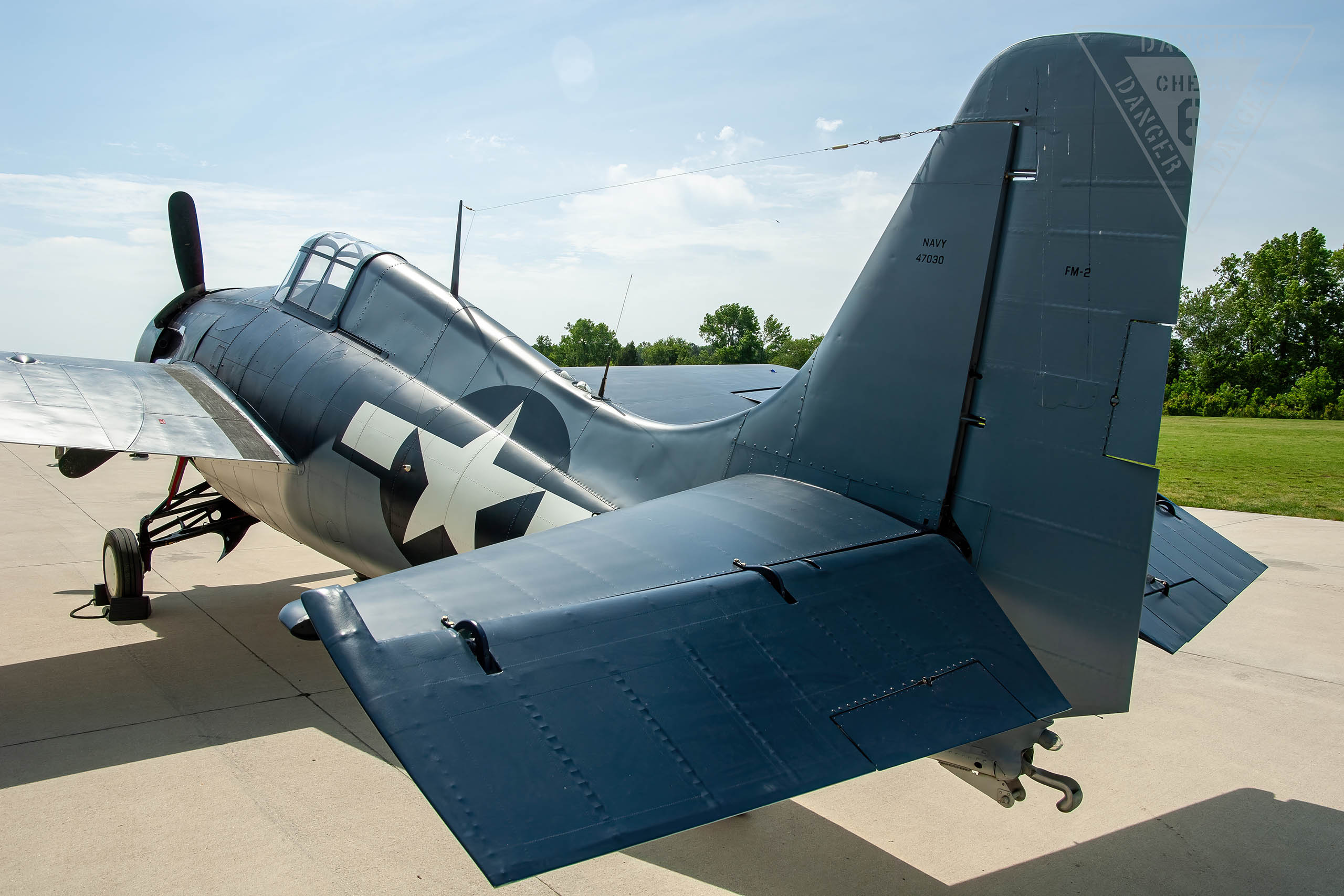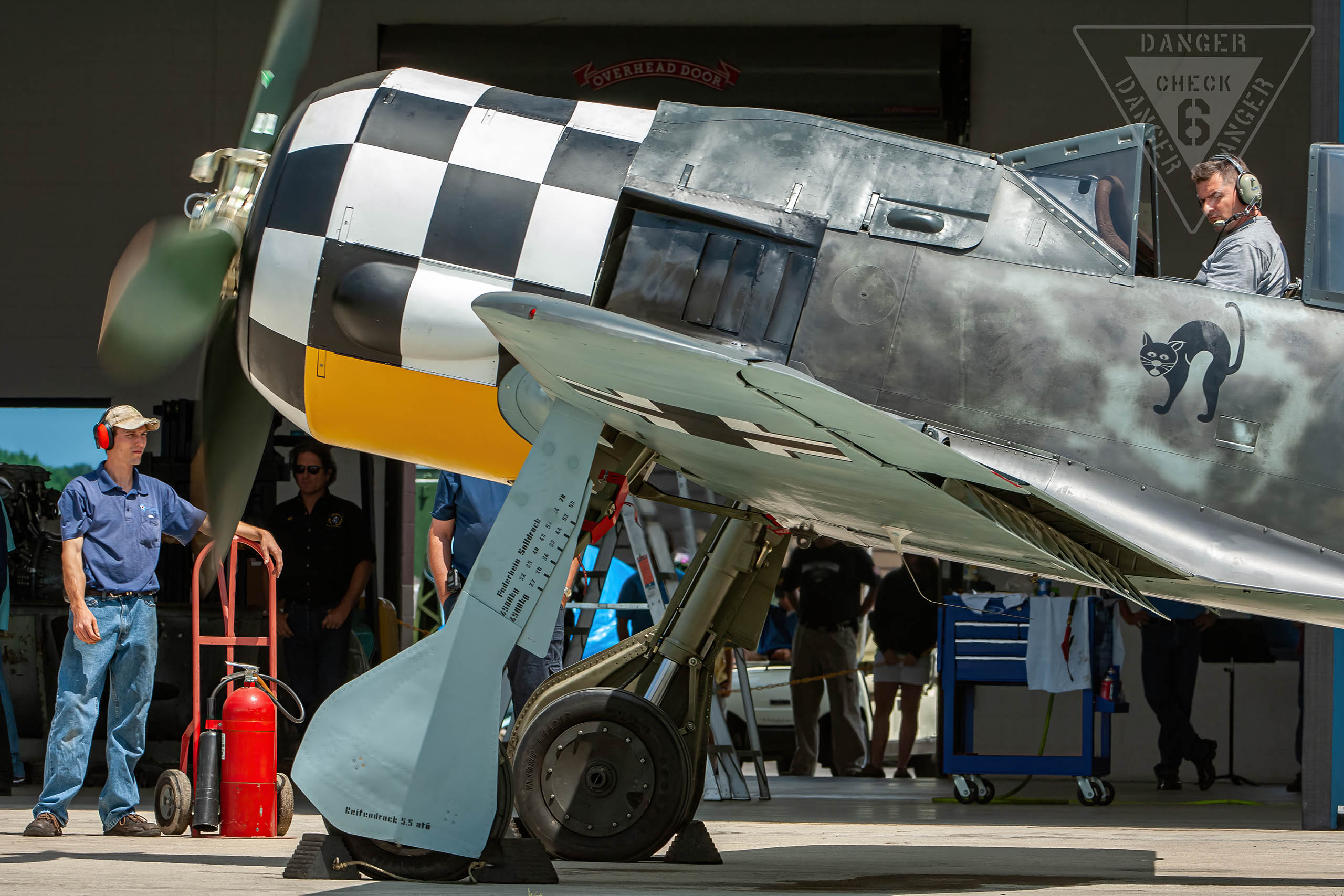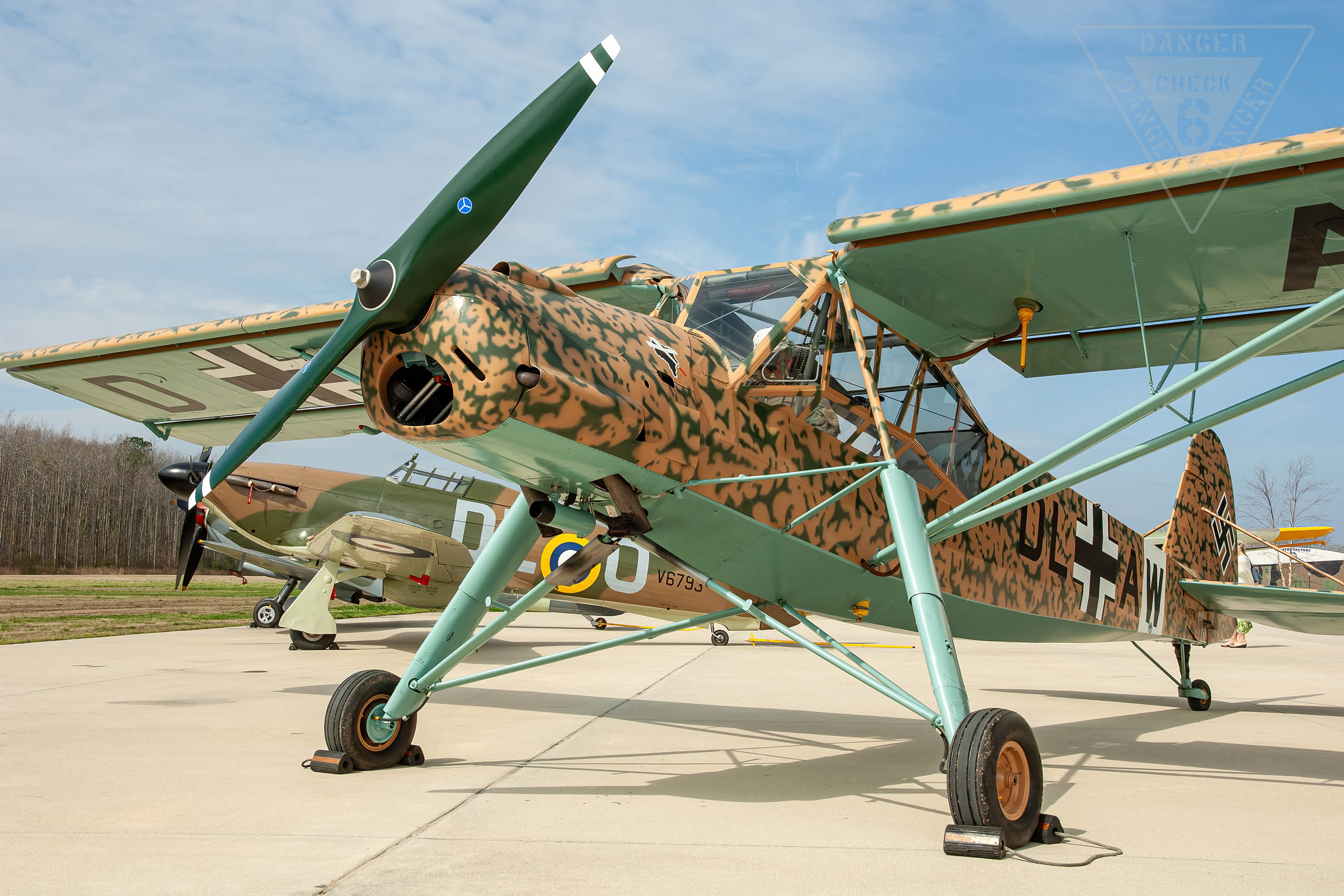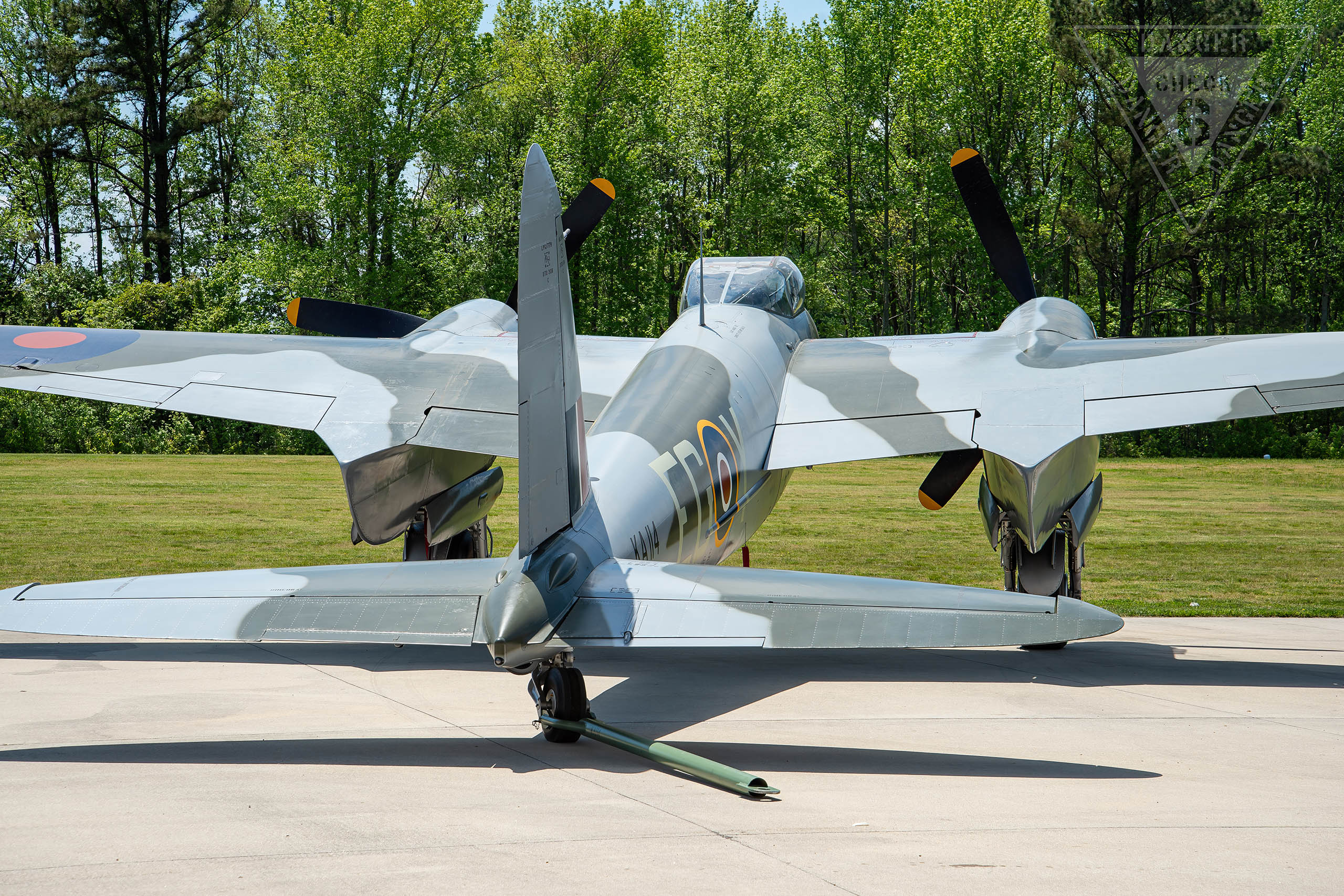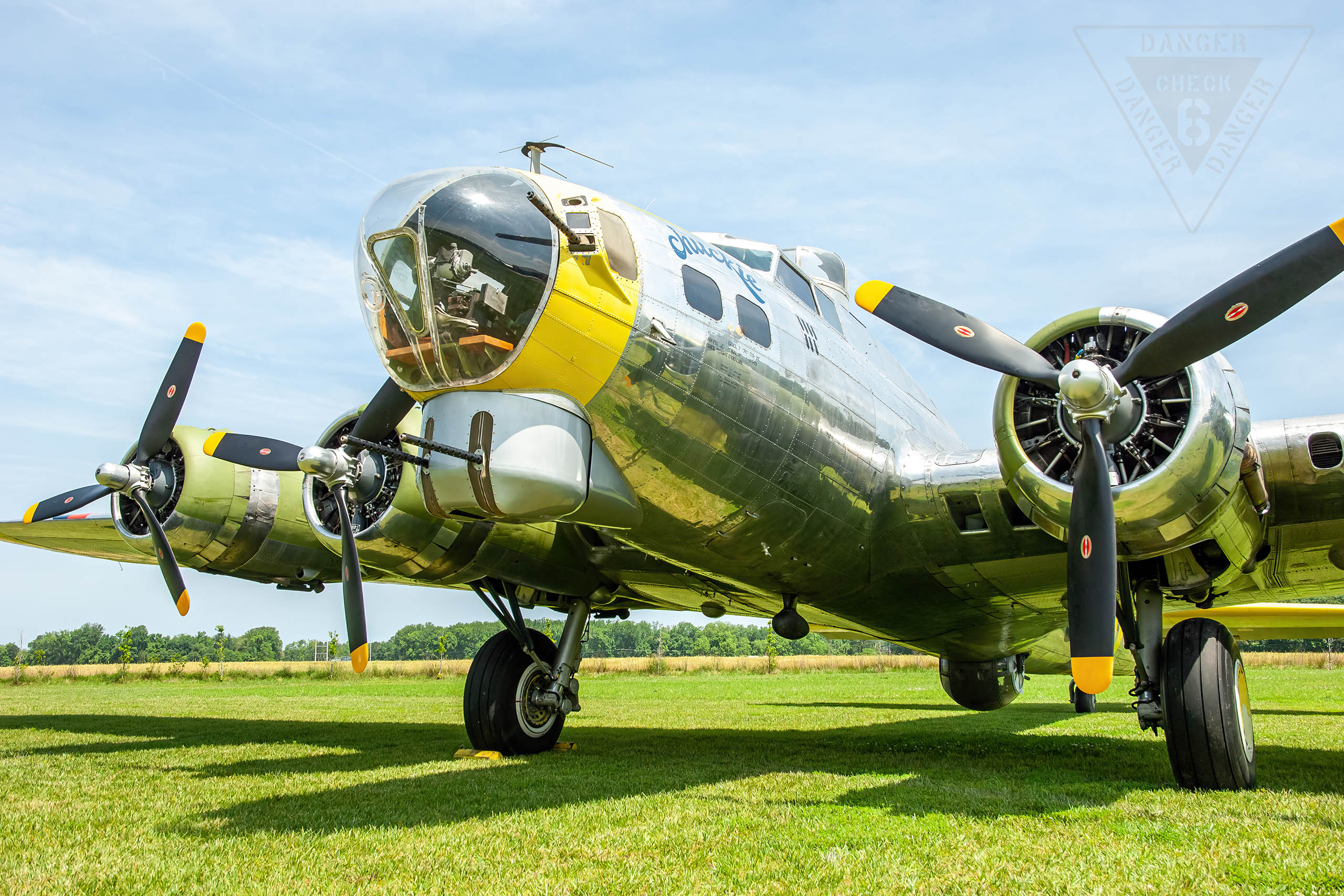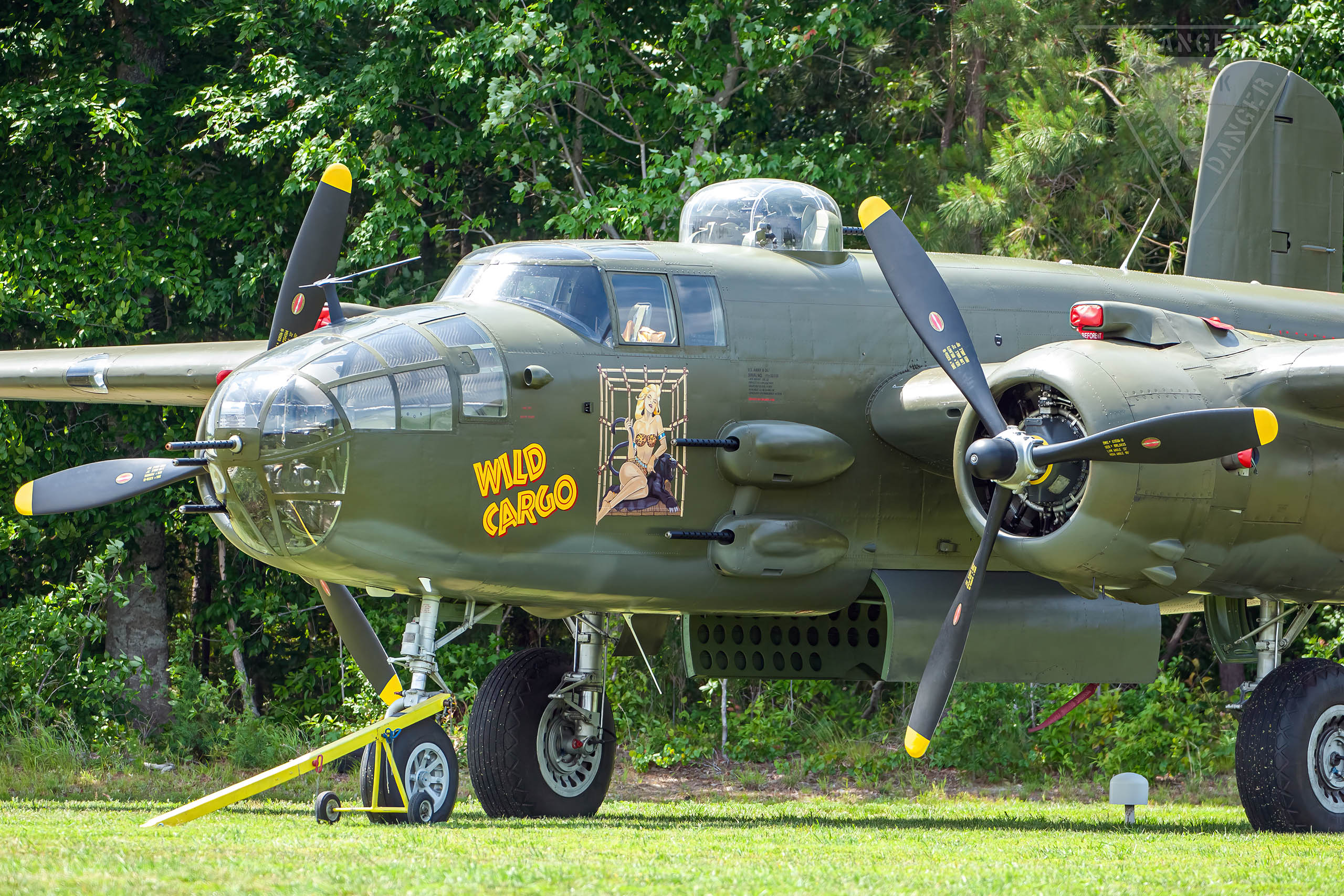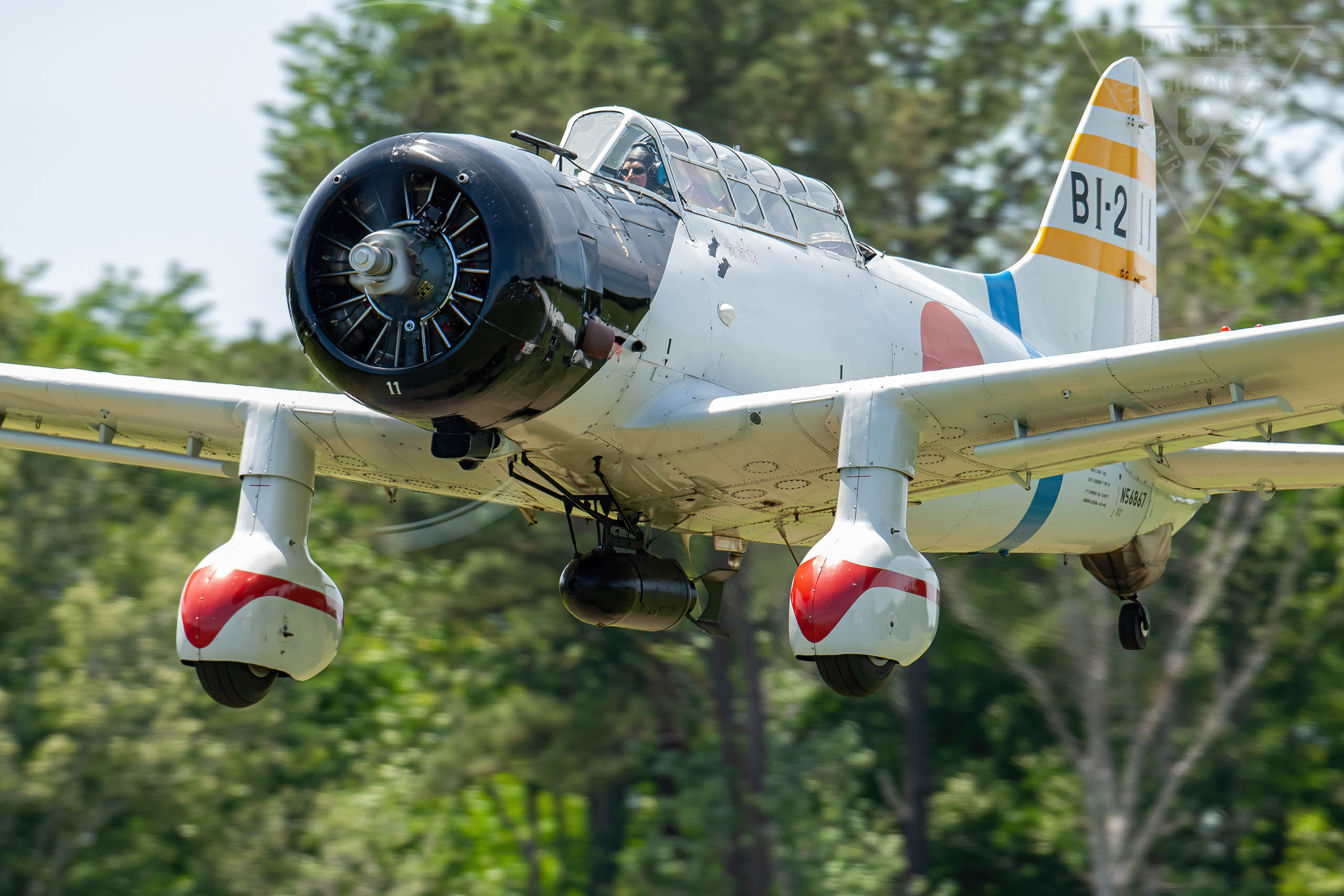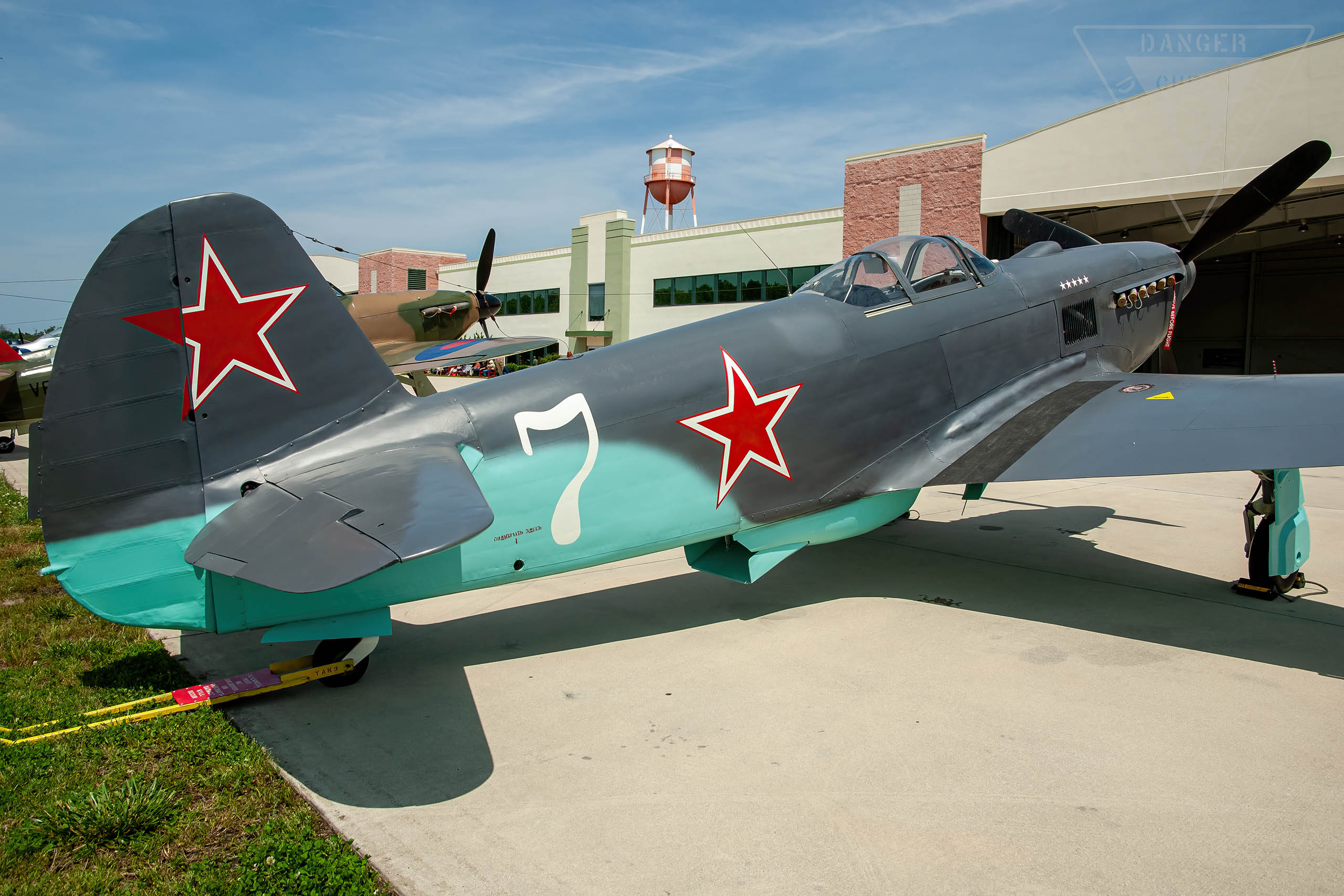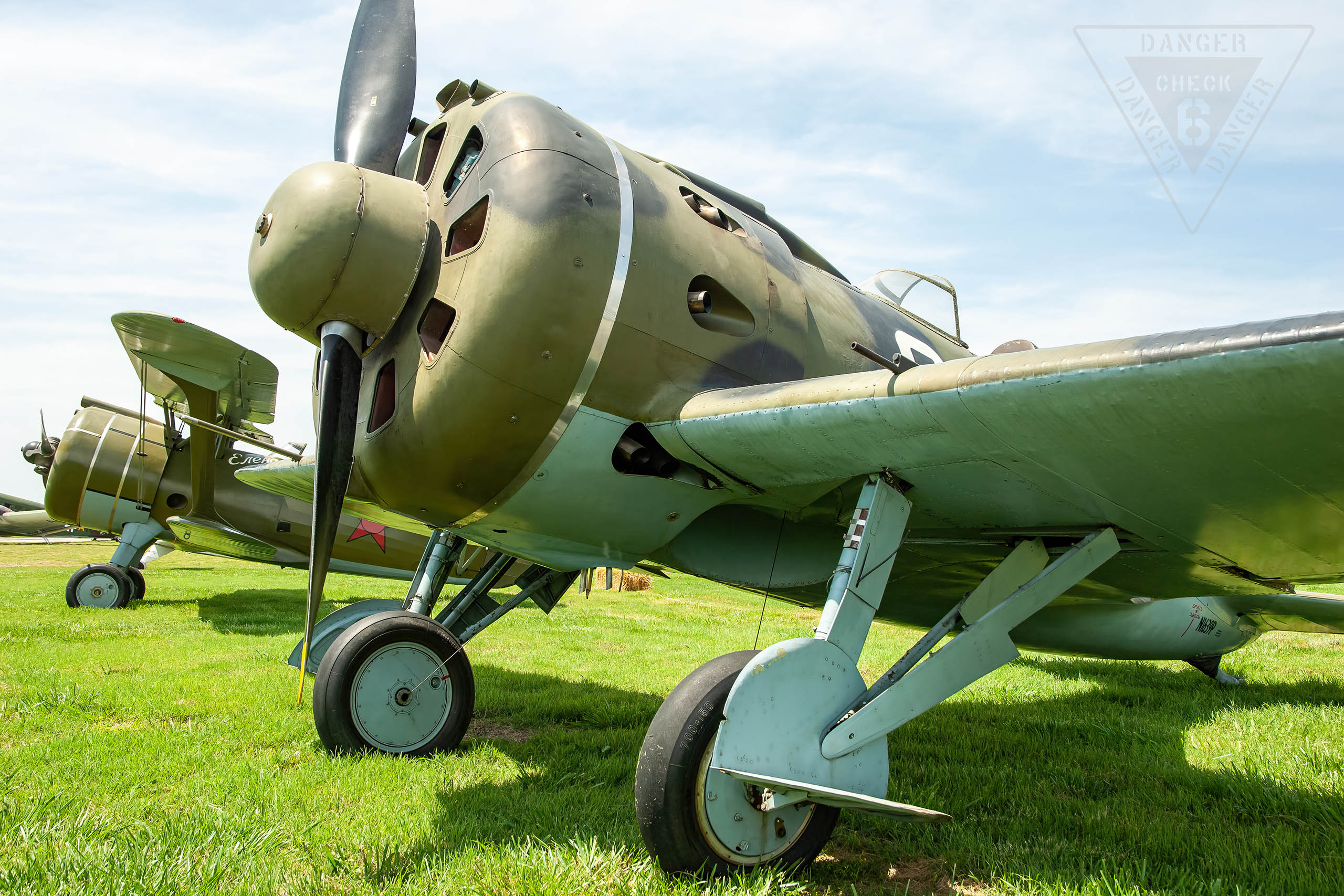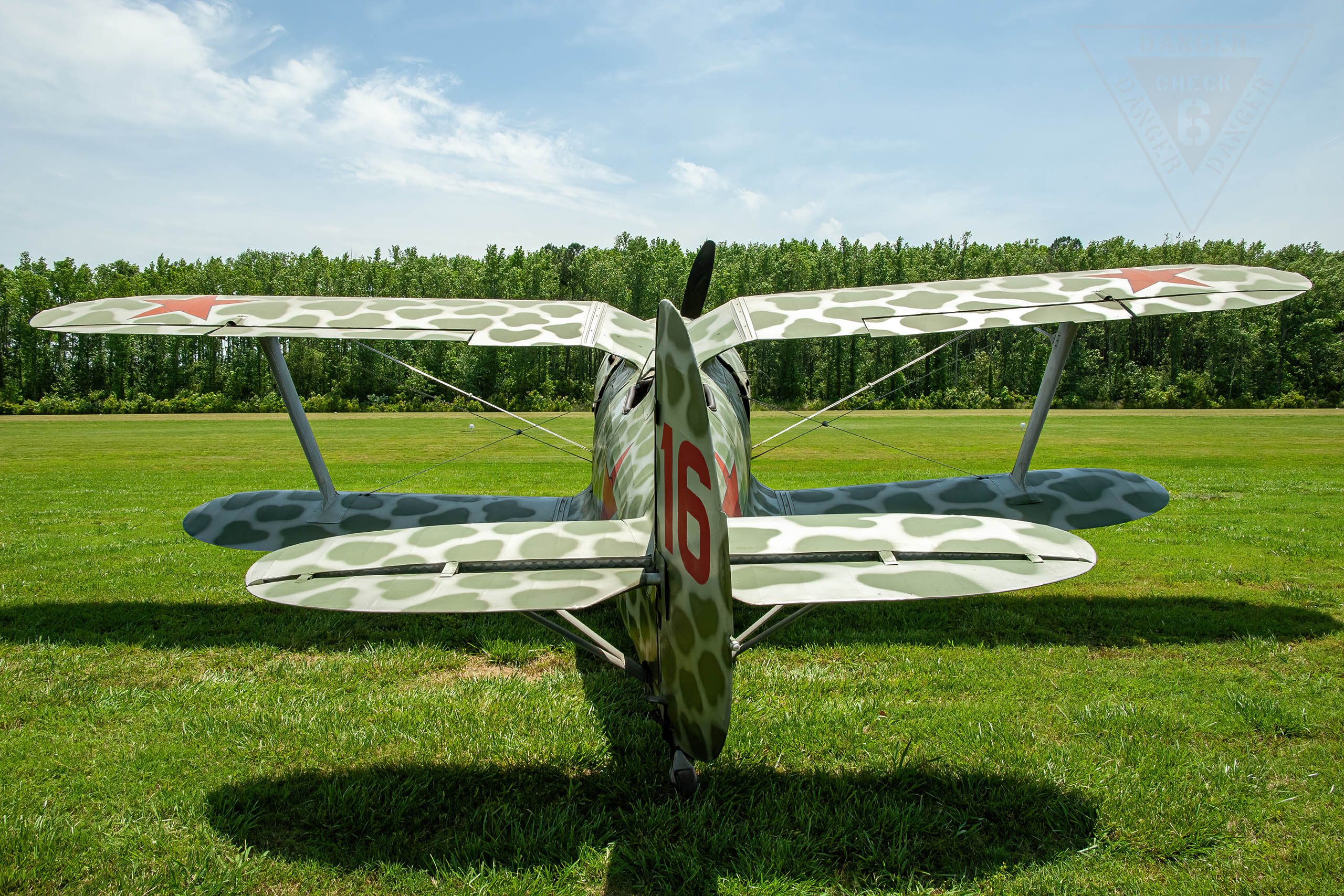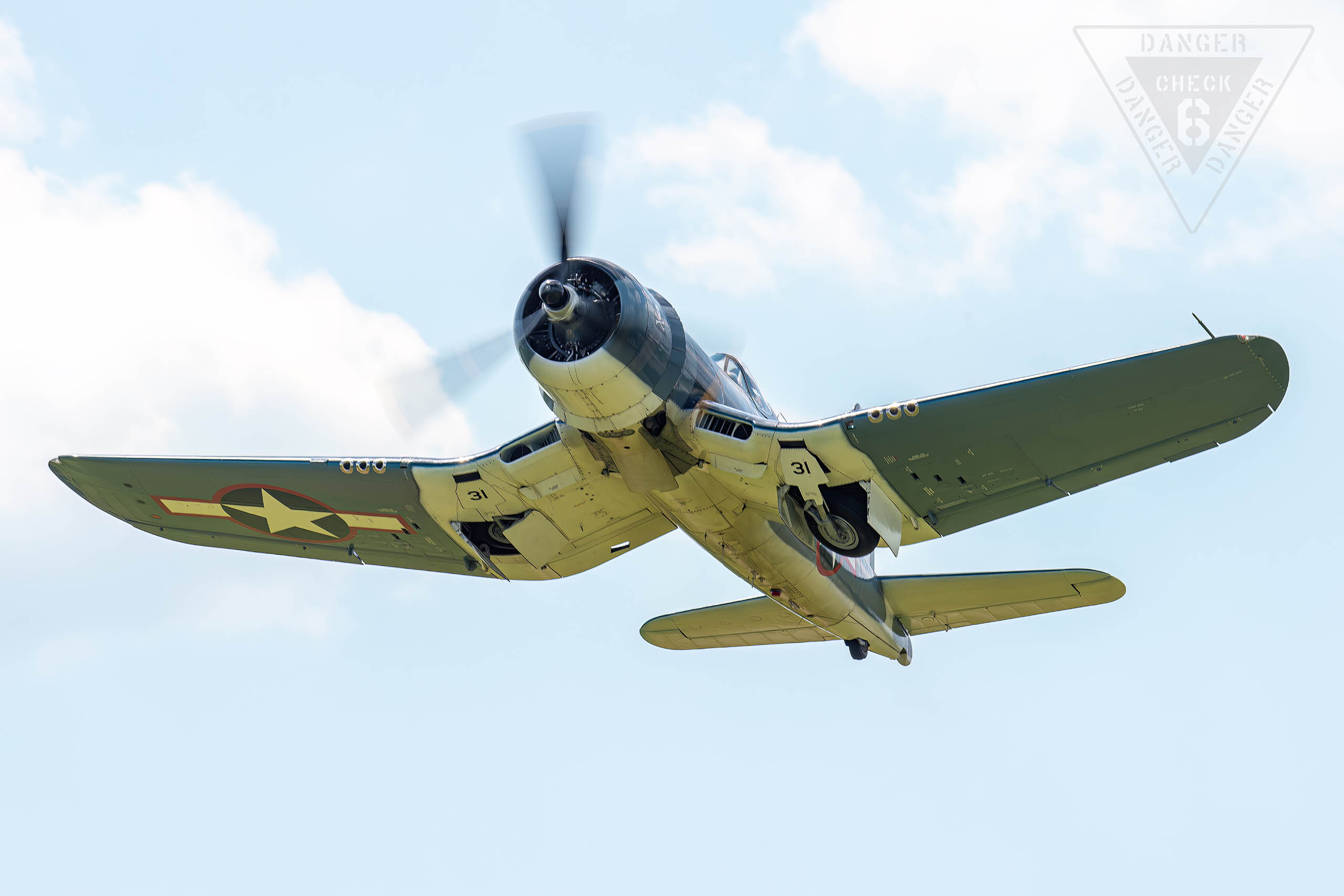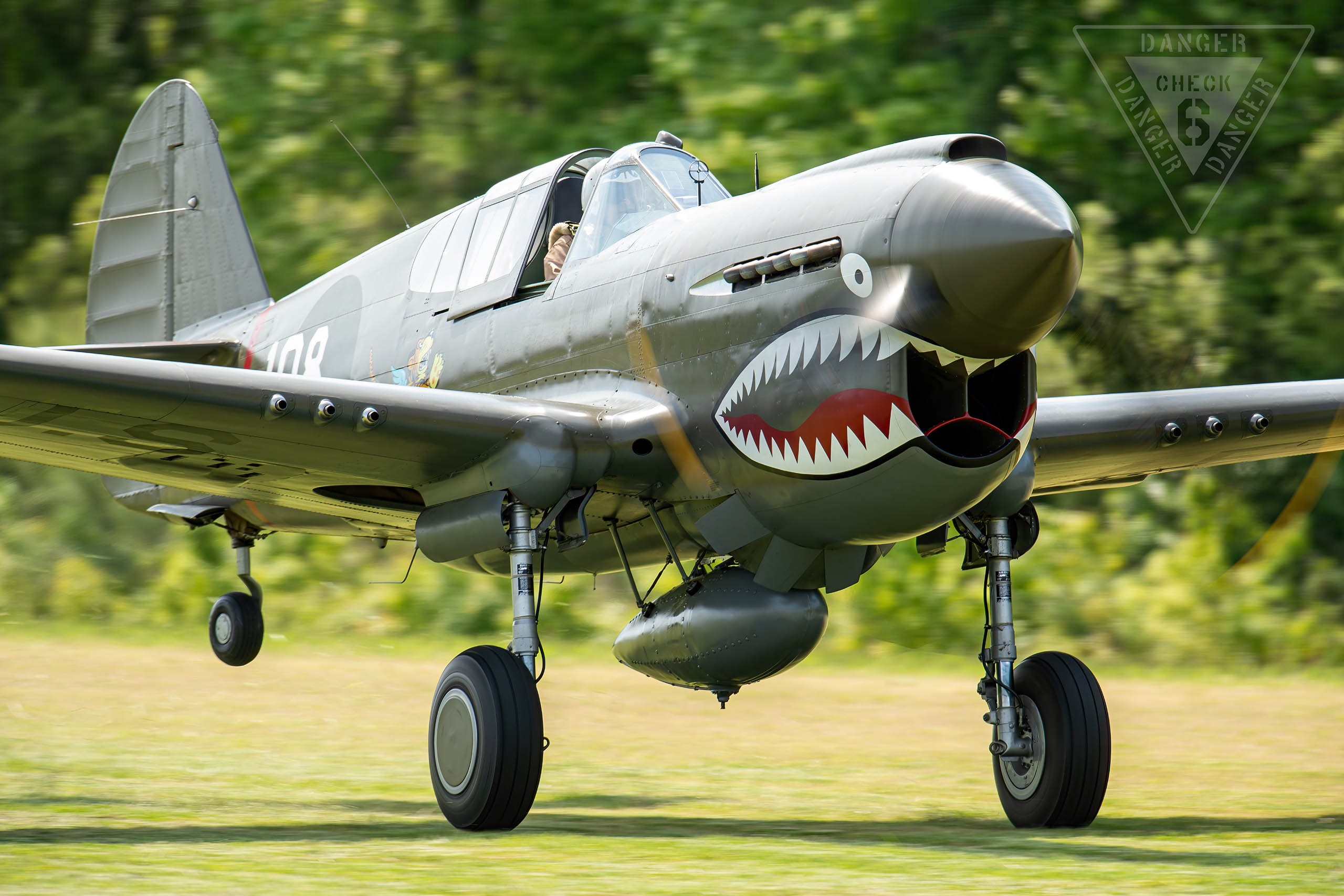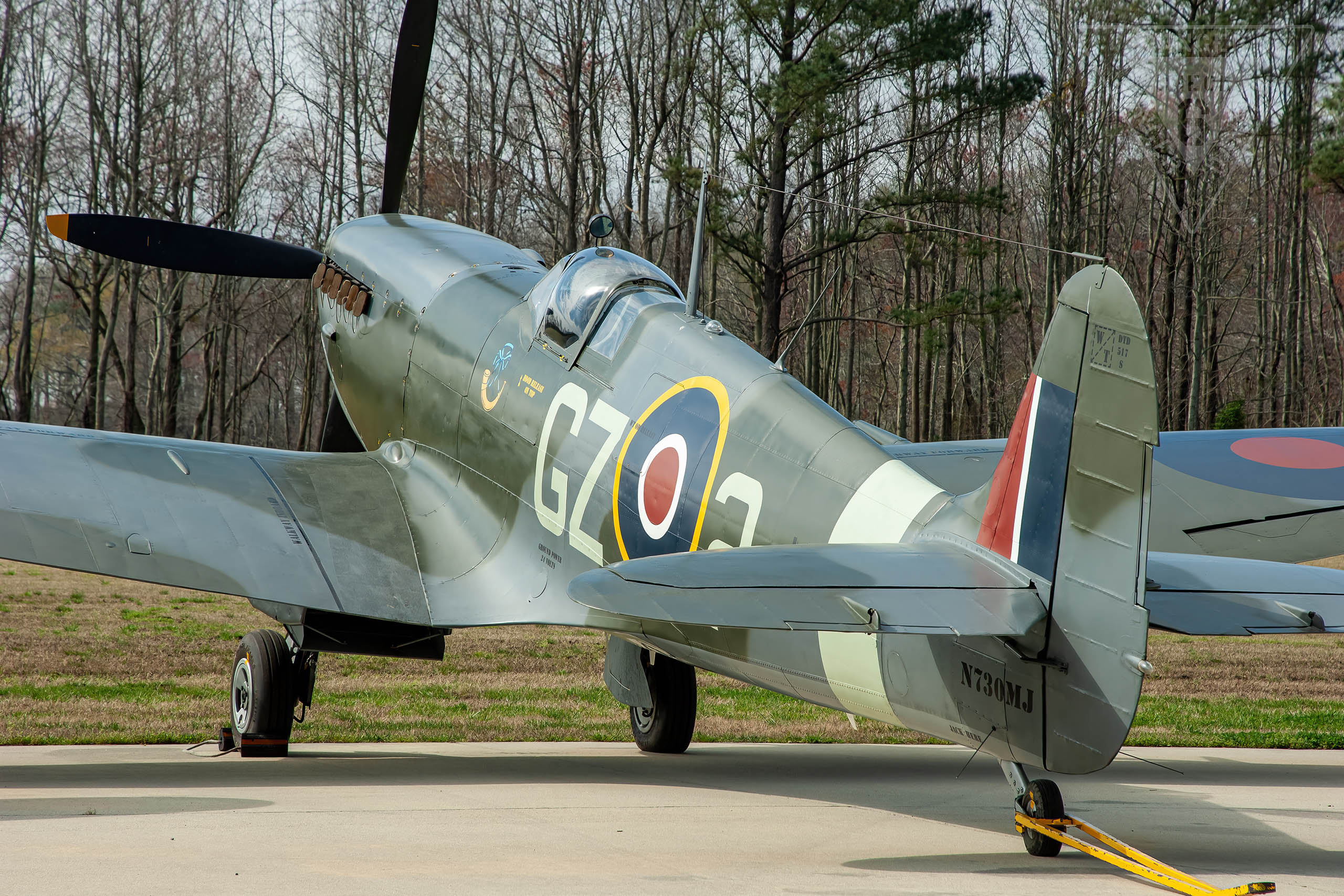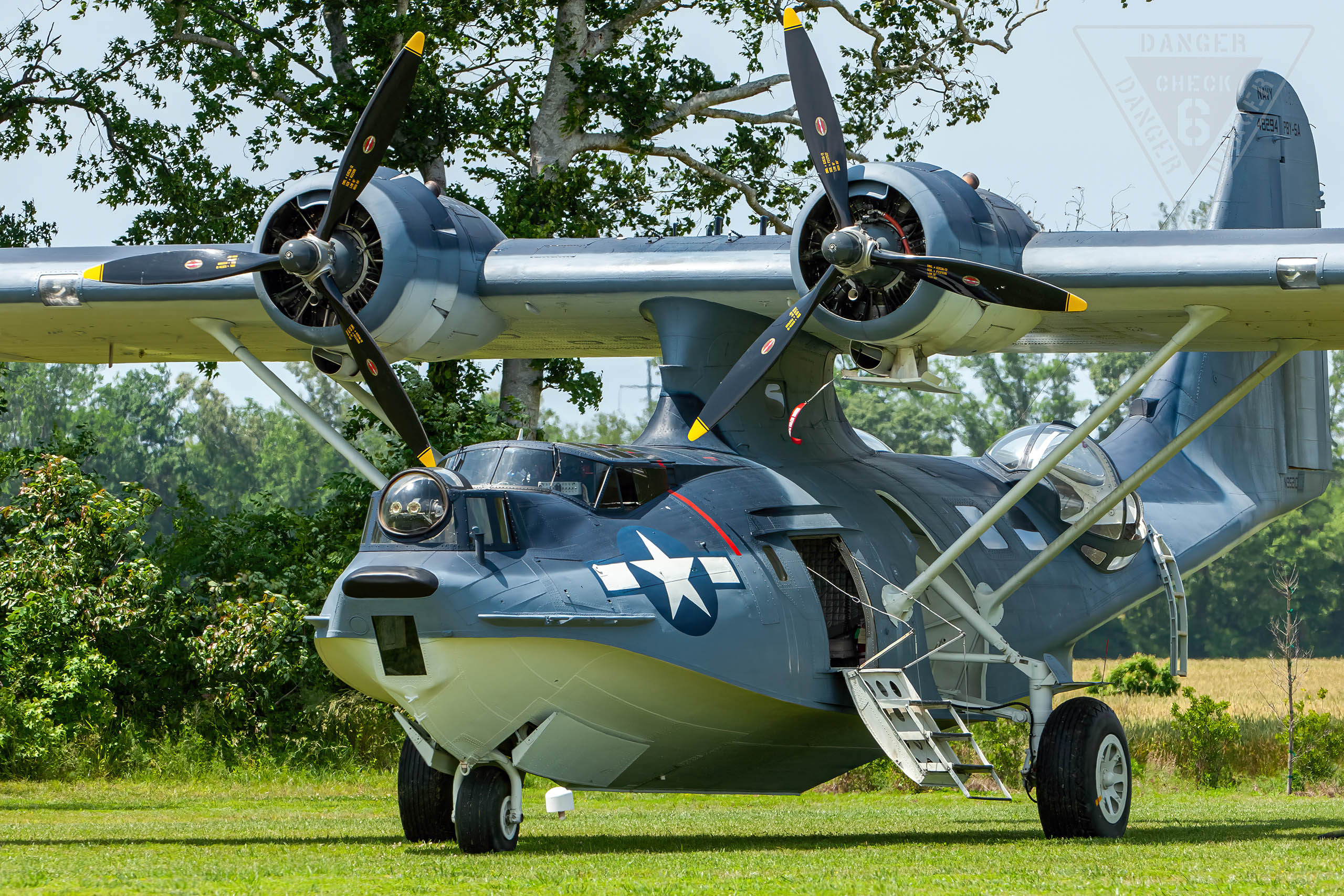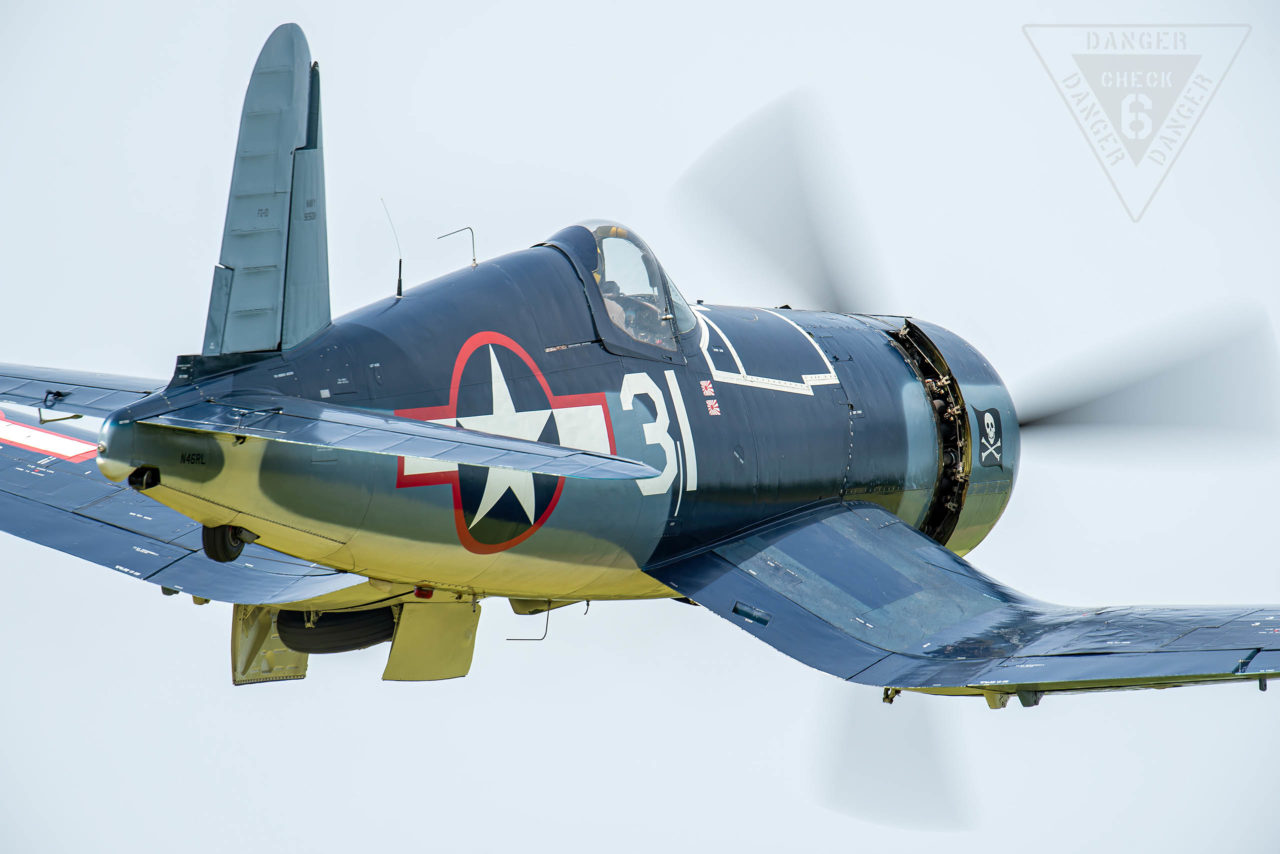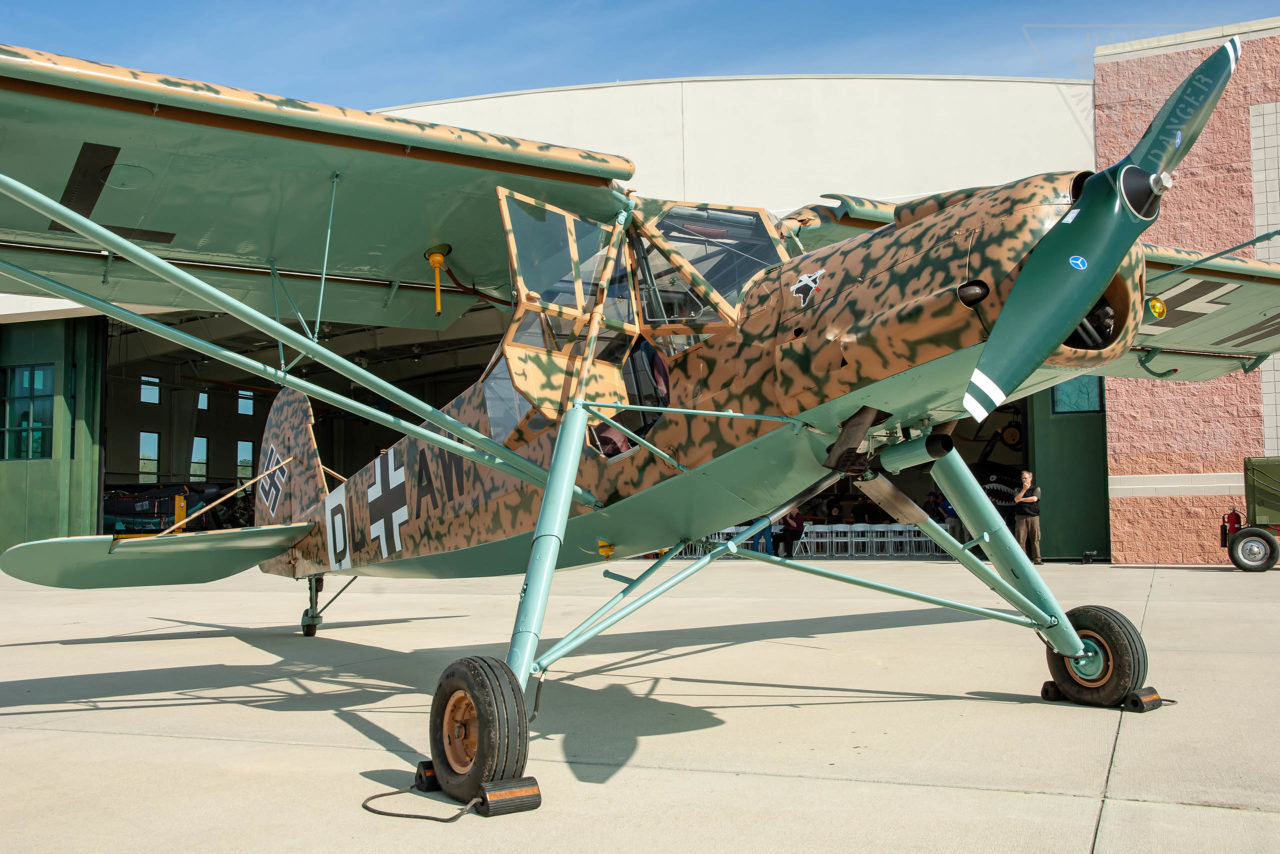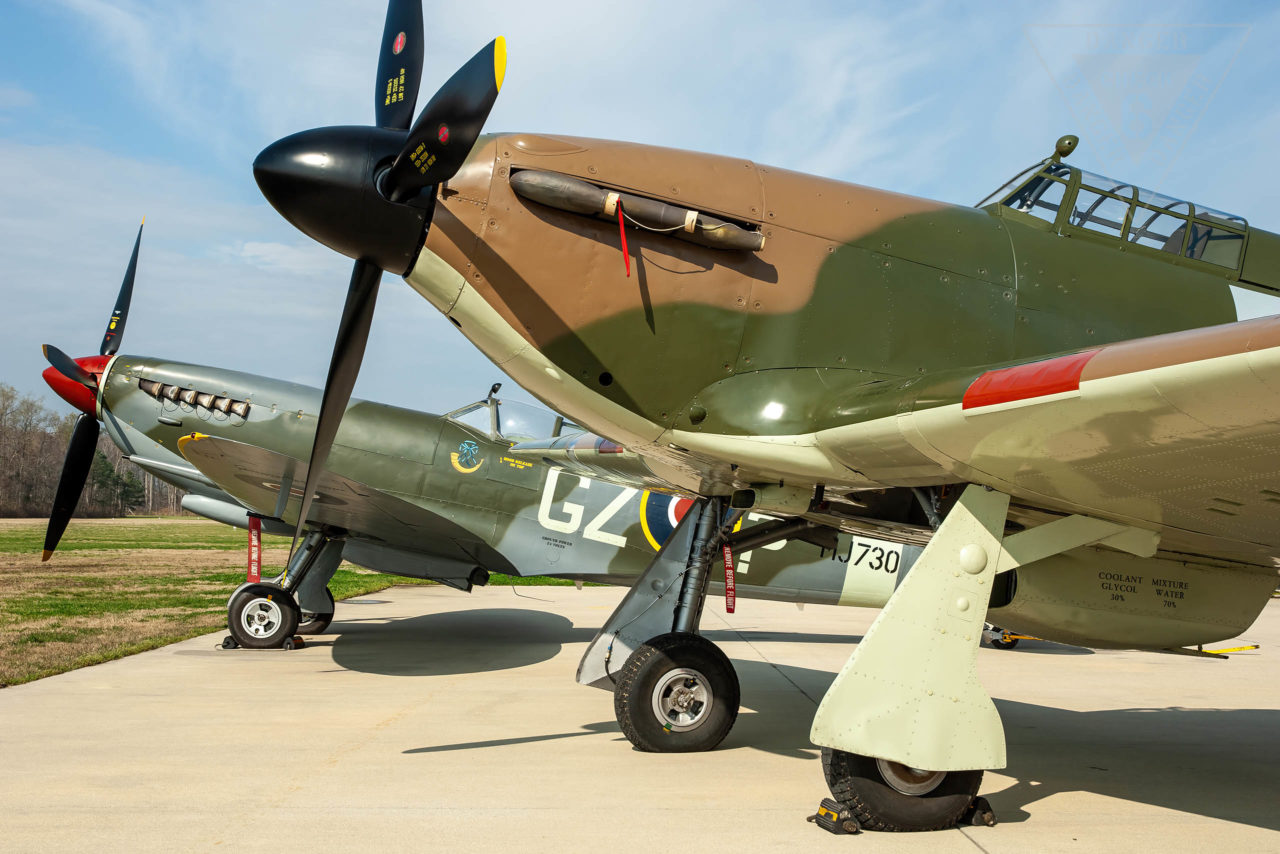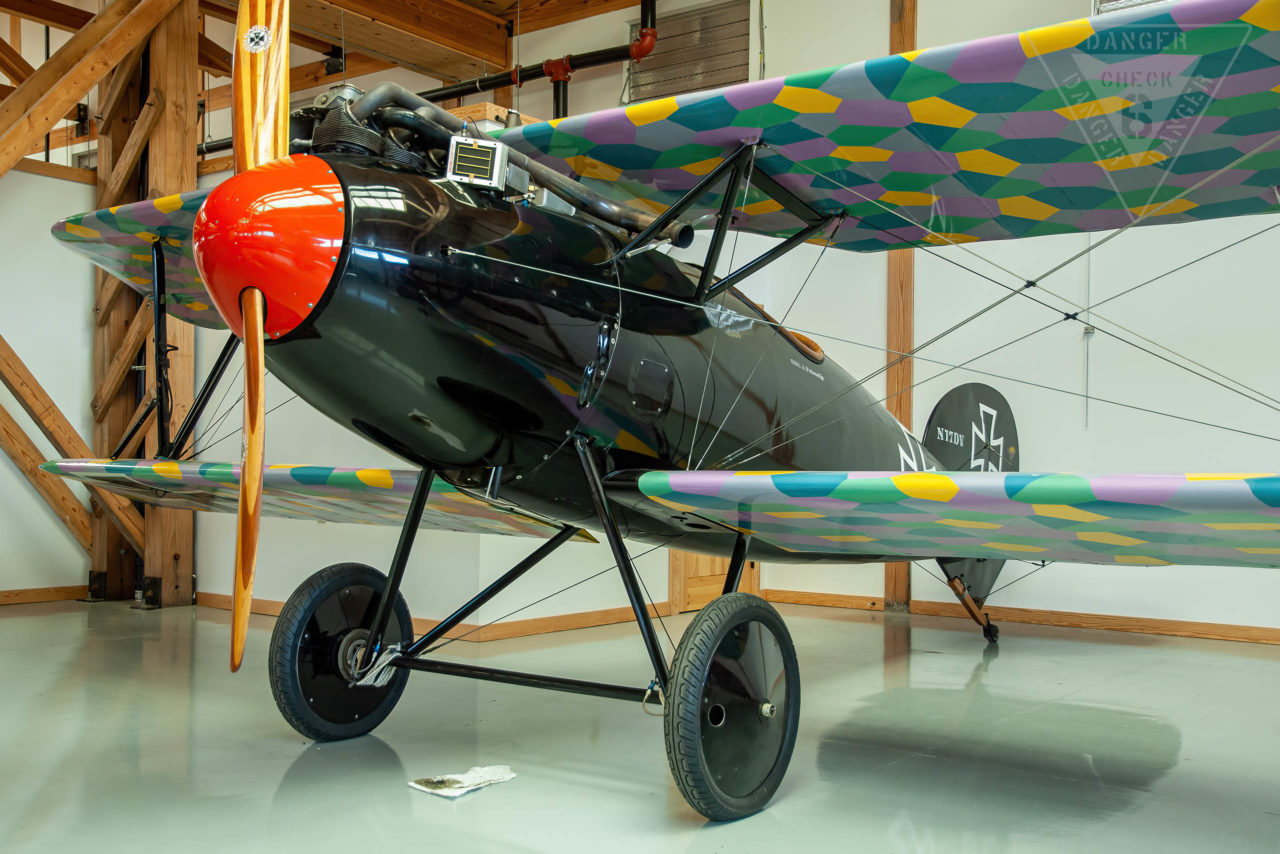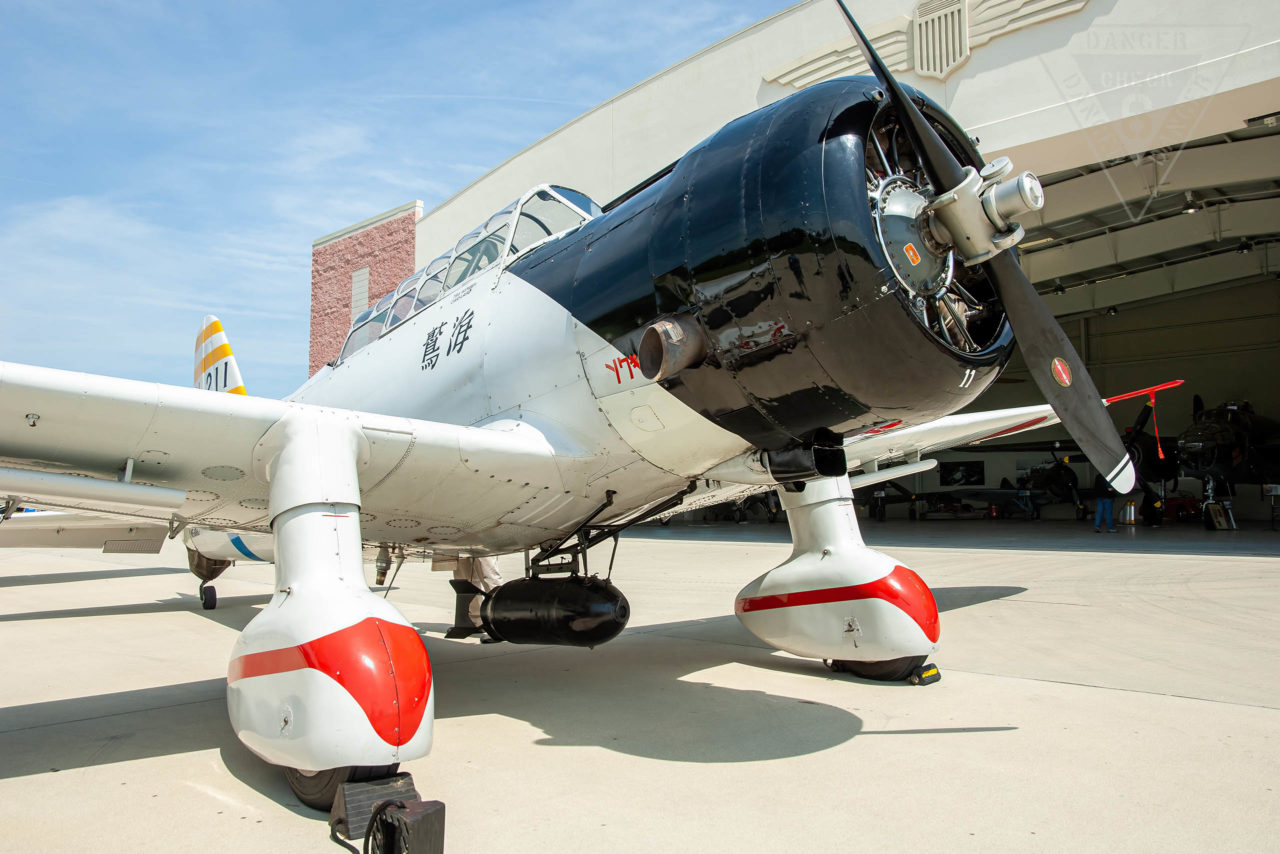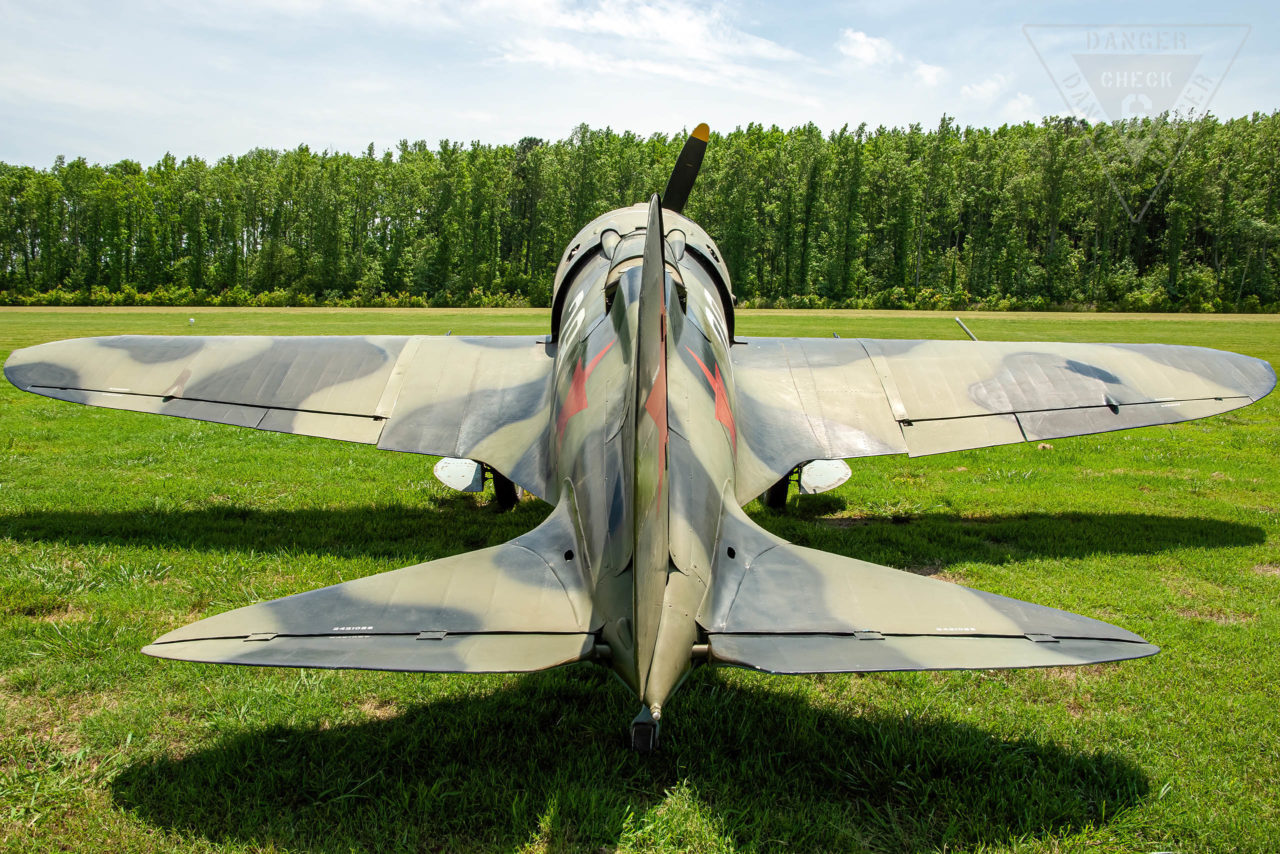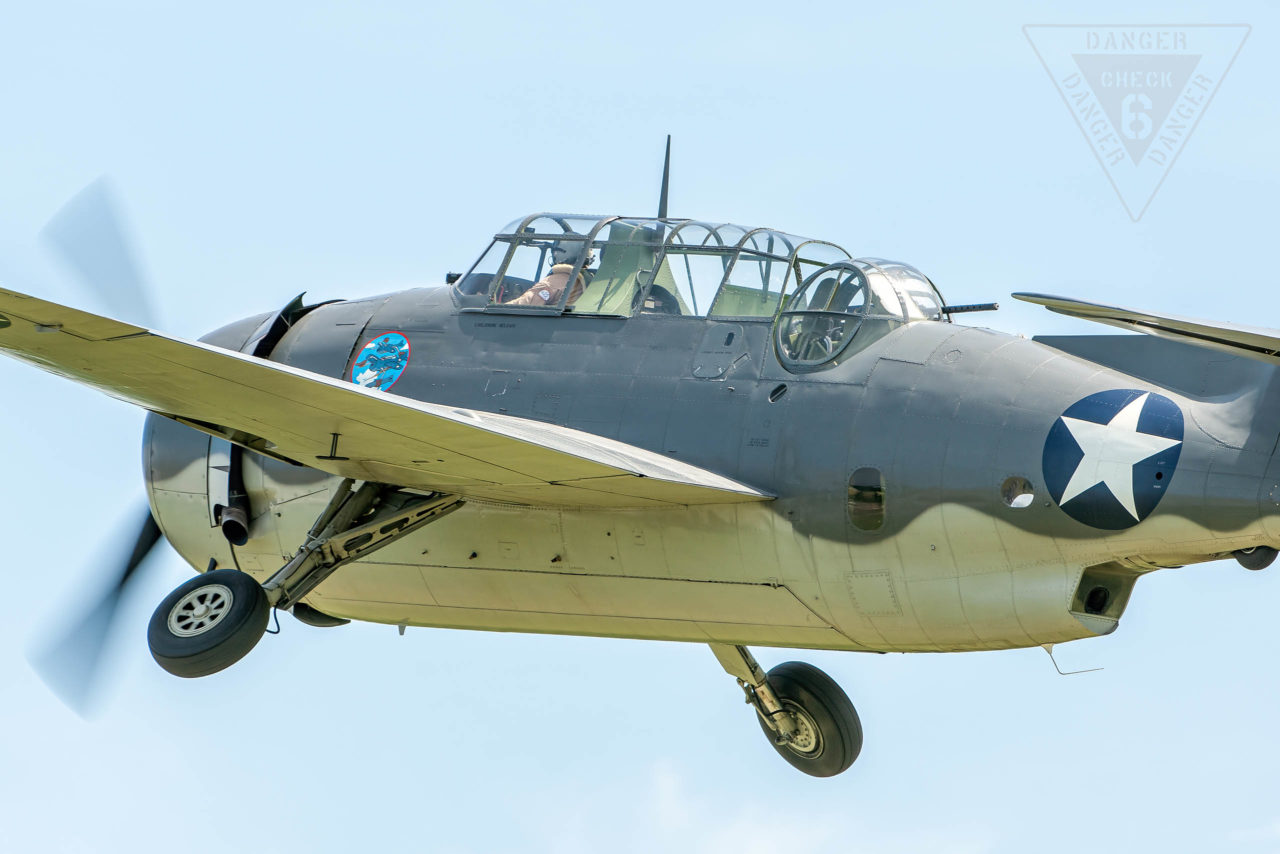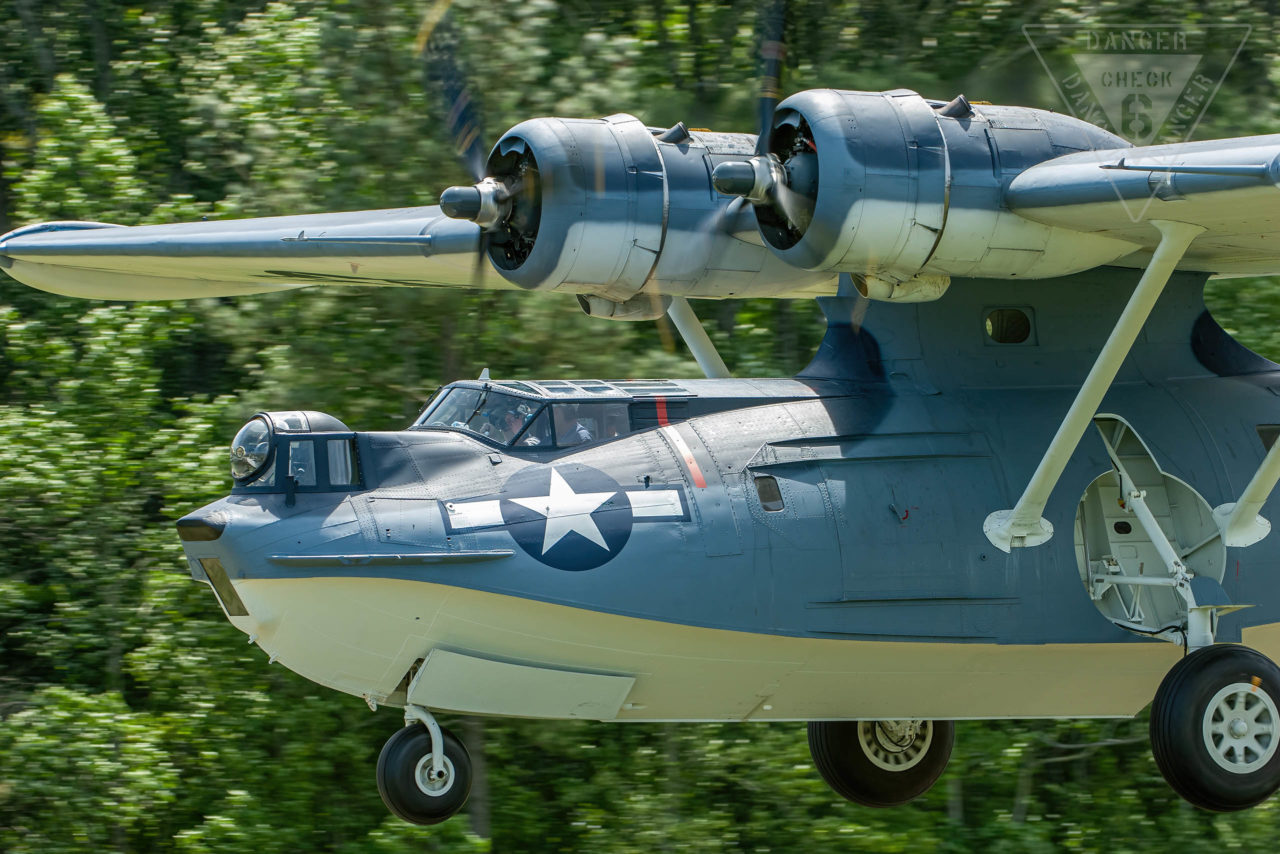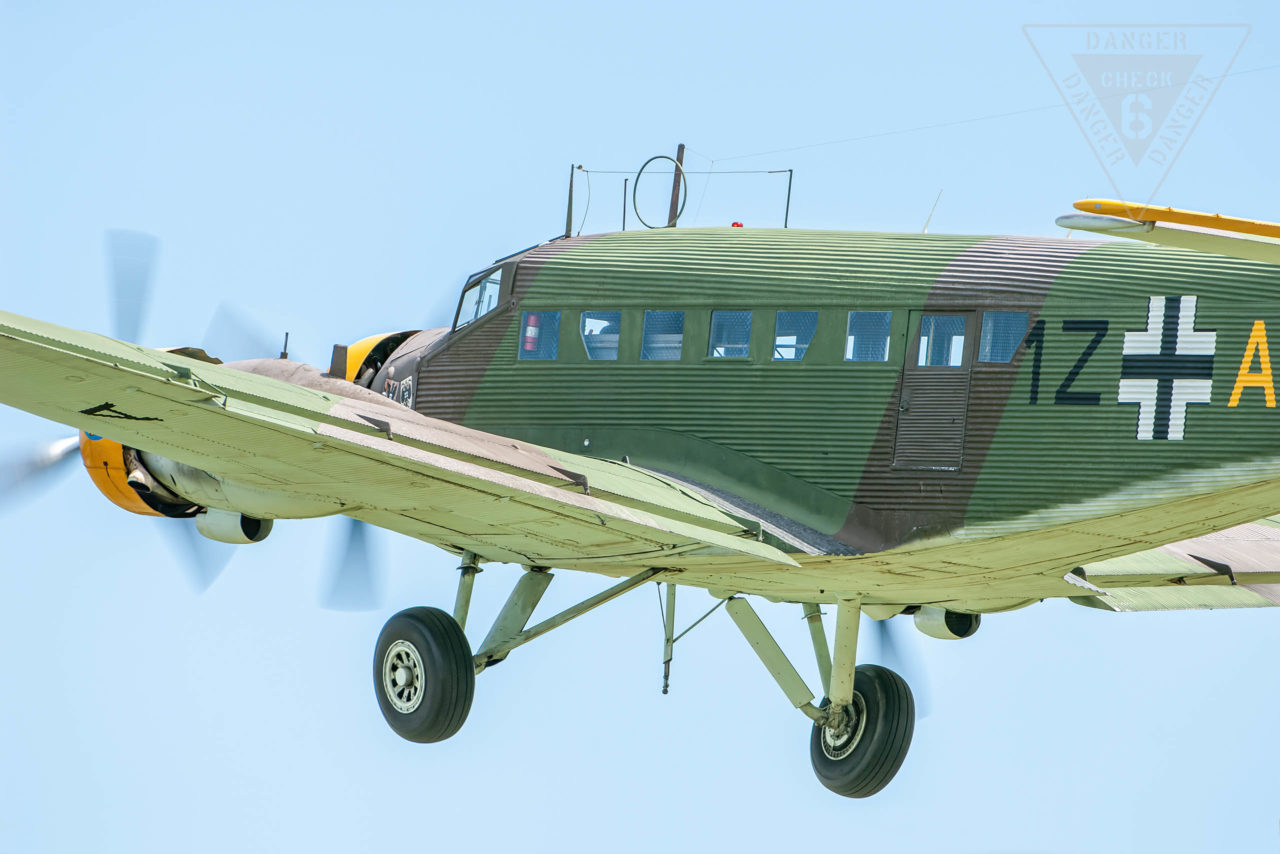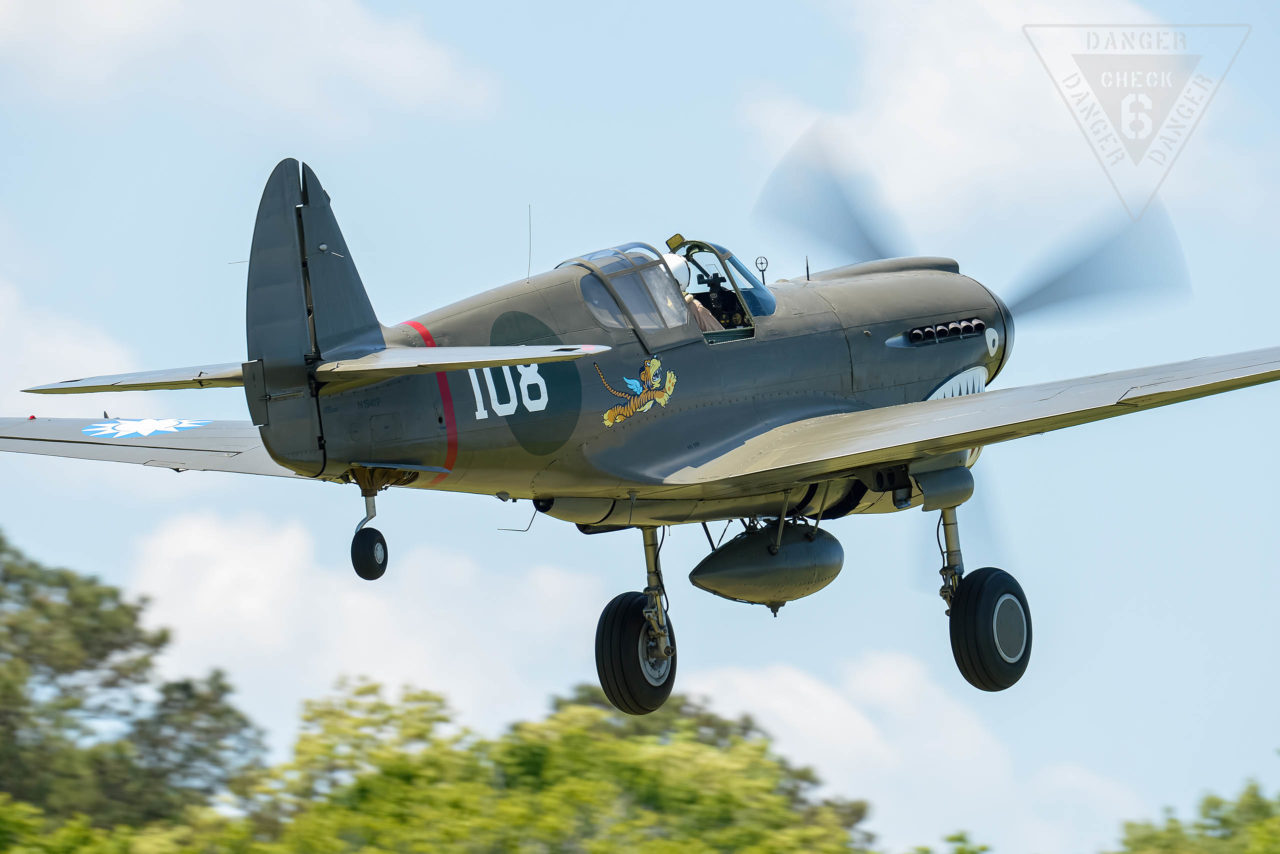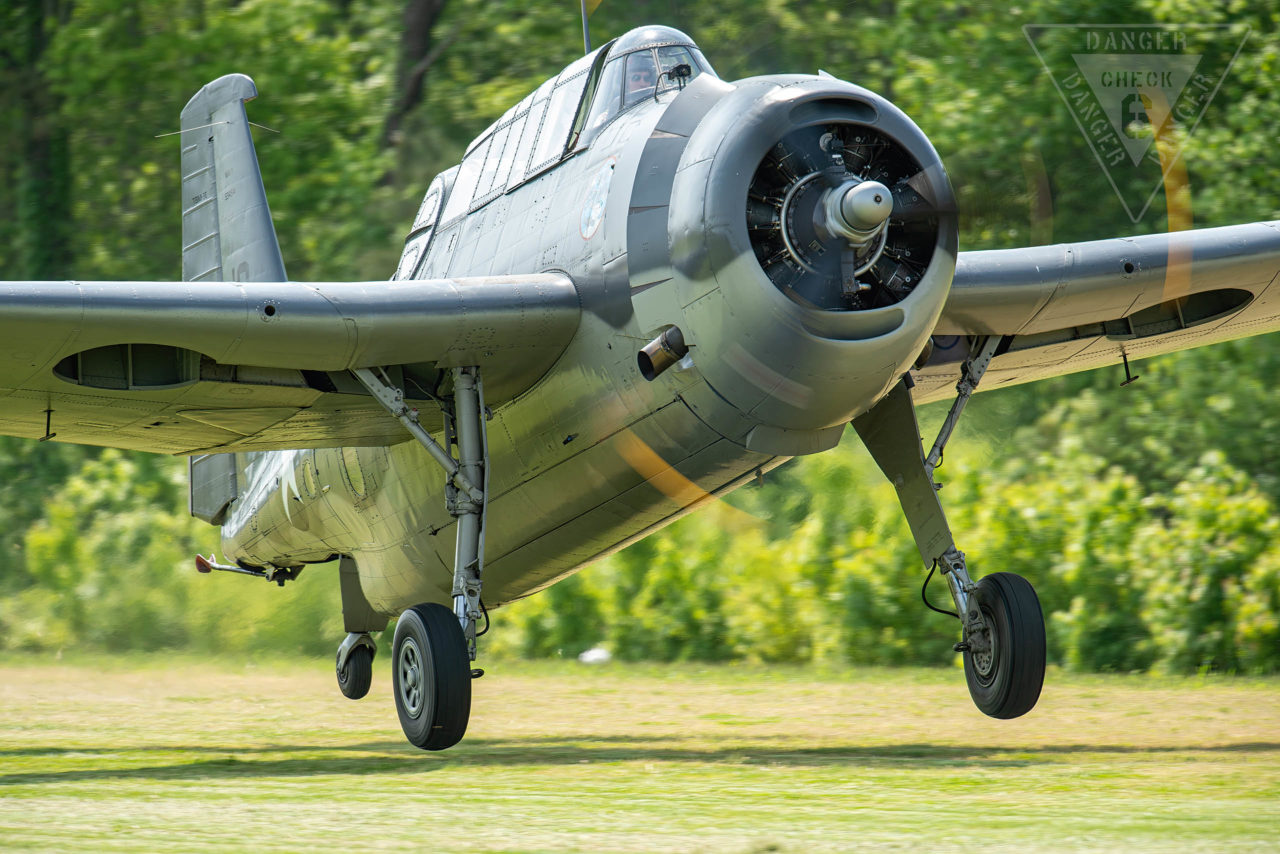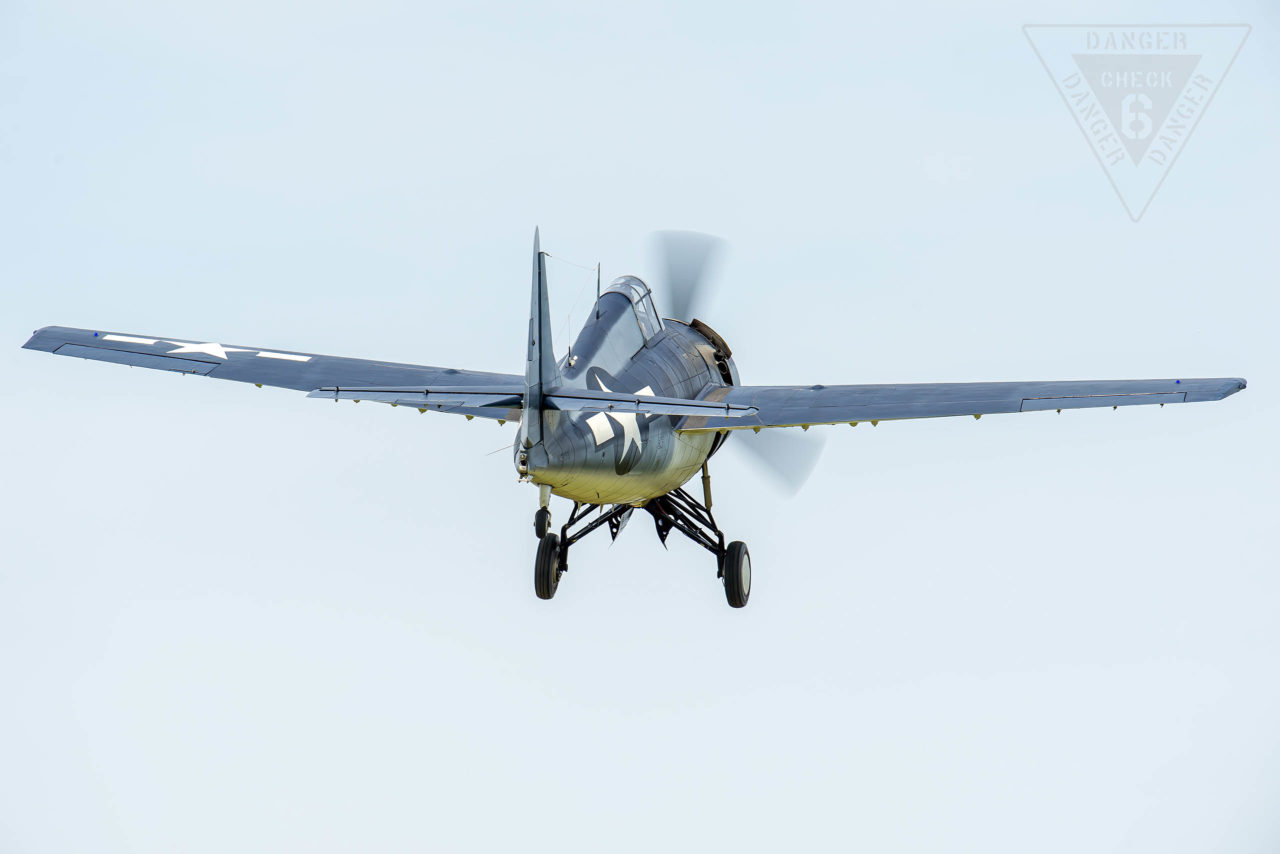MILITARY AVIATION MUSEUM. - Virginia Beach / USA
Update: 2023/05/11 by Robert Kysela / CHK6
For aviation enthusiasts, museums are important meeting places. Regardless of whether the interest relates to technical or historical issues or whether it is a specific aircraft type a modeller is looking for destinctive details, in an Aviation Museum everybodywill find what he/she is looking for. In almost every country you can find at least a museum with many rare and interesting exhibits. If you then visit one of these museums, a widely expected following scenario might wait for you: hardly a single piece of the museum is in mint, airworthy condition, everything is crammed into a relatively small space. The lighting is quite poor, limited accessibility is another issue. Due to a lack of money (a global problem) only limited work can be done when restoring these rare aircraft. Another problem is not really comprehensible, in some museums, the paintjob done on the aircraft is a disaster. In an effort to make the exhibits more striking and interesting, the wrong color pot is used quite often. Even when trying to apply the original painting, often something seriously goes wrong (like a beautifully restored but terribly painted Junkers Ju-88G in a German museum in Berlin). In many institutions there is also an outdoor area where the aircraft are most exposed to the weather conditions and vulnerable and therefore subject to rapid deterioration.
This magnificent collection was founded by the German-born businessman Gerald "Jerry" Yagen, who made his dreams come true.
R. Kysela
On the question, how a private person becomes the owner of such a remarkable collection and a private museum, Mr. Yagen responds with a mischievous smile: “It is very simple – piece by piece!”
Also, the Fieseler Fi-156 Storch was manufactured in France and later converted by the German company Meyer Motors Ltd. into a Luftwaffe aircraft
R. Kysela
The Polikarpov I-15bis, an I- 153 and an I-16 were detected in rugged terrain in northern Russia in the 1990s and then restored to airworthy condition
R. Kysela
VERDICT: a visit to the Military Aviation Museum in Virginia Beach is highly recommended. There are, beside the above mentioned airworthy exhibits, also a few real “museum pieces, such as a Fieseler Fi-103 flying bomb (V-1), some aircraft engines, an original Anti-Aircraft Artillery 88mm Flak 36, and a few vehicles from World War II. Once a year (usually early May) a small air show is held. So if you want to visit this magnificent museum, it is a good idea to plan your stay then!
Robert Kysela / CHK6

